Quick commerce unicorn Zepto has raised Rs 400 crore in a fresh funding round from Motilal Oswal Financial Services, adding another milestone in its aggressive capital-raising journey.
In an exchange filing, Motilal Oswal confirmed the investment was part of its treasury portfolio, aimed at generating sustainable, long-term returns.
Zepto Funding Momentum
This latest funding follows $350 million raised in November 2024 from Motilal Oswal’s Private Wealth division. That round attracted participation from high net worth individuals and major family offices including Taparias, Mankind Pharma, RP Sanjiv Goenka Group, Cello, Haldiram Snacks, Sekhsaria, and Kalyan.
Over the past year, Zepto has also secured $665 million from investors such as Avenir, Lightspeed, and Avra, plus smaller investments from Elcid Investments (Rs 7.5 crore) and MapmyIndia (Rs 25 crore at a $6.1B valuation).
IPO Preparations
Led by Aadit Palicha, Zepto is actively preparing for its public listing. The company is focusing on improving unit economics and reducing cash burn, a challenge across the quick commerce space.
Competitors are also exploring inventory-led models to boost efficiency and meet India’s foreign direct investment (FDI) regulations, which limit foreign ownership in inventory-based businesses.
Strategic Shifts
Blinkit, owned by Eternal and led by Deepinder Goyal, has already announced a move to an inventory model. In November 2024, Blinkit raised $1 billion via a qualified institutional placement (QIP), with 21% subscribed by various Motilal Oswal mutual fund arms and participation from ICICI, HDFC, and Kotak Mutual Funds.
Swiggy, headed by Sriharsha Majety, is also considering the shift, with CFO Rahul Bothra confirming they are exploring the model. Swiggy has already reached 40% domestic ownership.
Zepto vs Blinkit vs Swiggy
Zepto has been expanding aggressively while Blinkit focuses on store model changes and Swiggy strengthens domestic ownership. Zepto’s frequent funding rounds suggest it is betting on fast scale-up before IPO.
Blinkit’s strategy involves inventory control and large-scale capital raises, while Swiggy appears to be taking a cautious transition towards the inventory model. The quick commerce race is now not just about speed of delivery, but also ownership structure, profitability, and investor trust.


